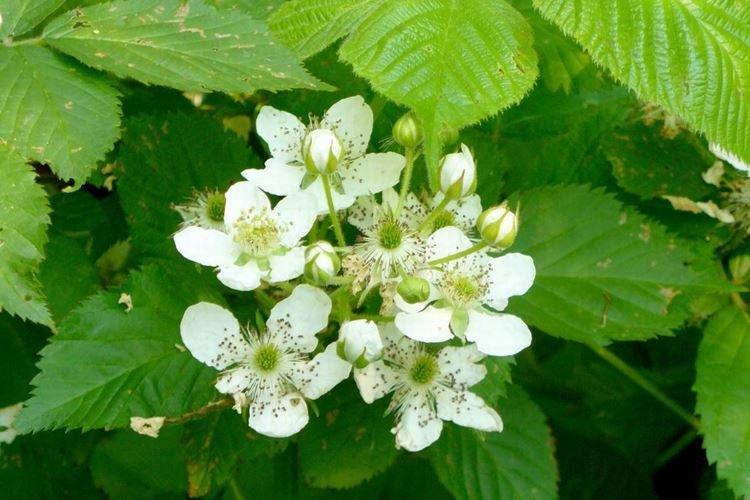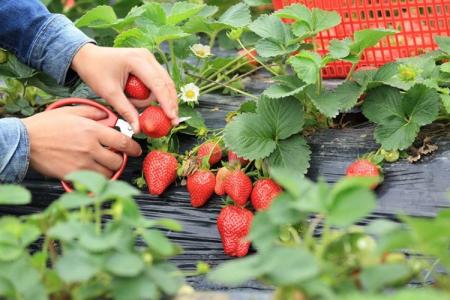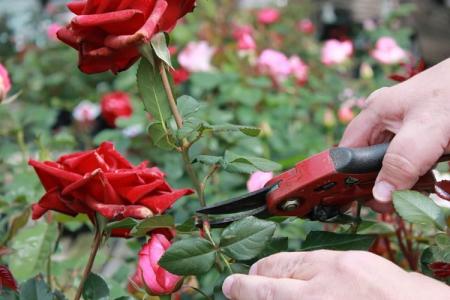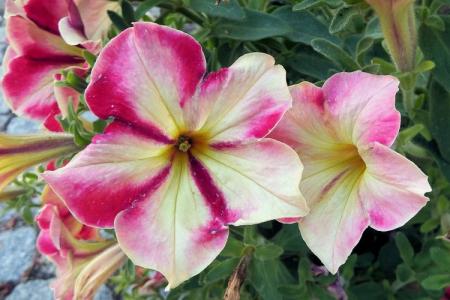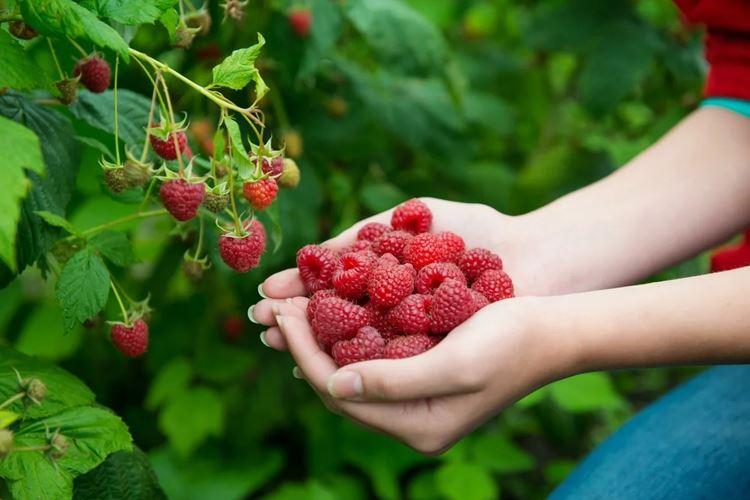
Any fruiting plant sooner or later needs feeding, like raspberries. Its root system grows by two meters and in the first few years devastates the most fertile soil. The yield drops, and the berries become small and tasteless. But all this can be avoided if you figure out in time how to feed raspberries in the spring, and follow these rules!
How to understand whether top dressing is needed and what is missing?
In the spring, raspberries need feeding almost without exception. Therefore, feel free to use the standard schedule and adjust it to suit your conditions. Be sure to take into account the specifics of the area and not the parts in excess, so that the seedlings do not die. For example, for light soil, it is recommended to increase the potassium dosage by about a third.
Nitrogen is responsible for the growth of new shoots, stems and leaves, but fruiting suffers from its overabundance. Potassium provides a dense, large and sweet harvest, and also enhances the immunity of raspberries. Phosphorus increases the number of ovaries and makes the berries tastier and sweeter.
The only case when raspberries do not require spring feeding is last year's shrubs planted in nutrient soil. In the second and third years, you can also use only nitrogen, but watch out for the acidity of the soil. Do not add chlorine in any form, as it is guaranteed to be fraught with chlorosis.
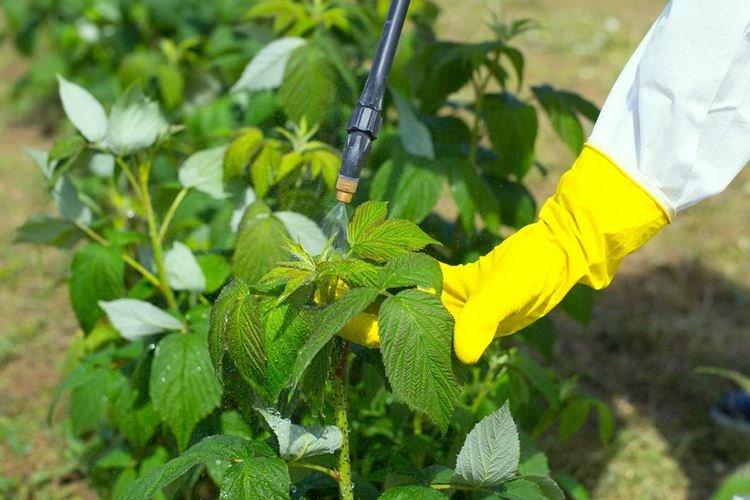
The best time to feed raspberries
The soil is prepared even before planting so that a good harvest is guaranteed in the future. For at least several years, it is necessary to apply herbicides to the soil and carefully remove all weeds. A year before planting seedlings, weeds are crushed, mixed with mineral fertilizers and plowed into the ground.
Feeding existing raspberry seedlings begins in the spring. But do not rush to add everything at once from the beginning of March - wait until the soil warms up to 5-10 degrees. Although some gardeners recommend scattering the first mineral granules over the snow, so that when it melts, the nutrients are absorbed into the ground.
Most often, raspberries are fertilized in the usual root way. But for damaged shrubs or with too dense acidic soil, foliar feeding will help out. This is spraying with solutions of the same fertilizers, only in smaller dosages.
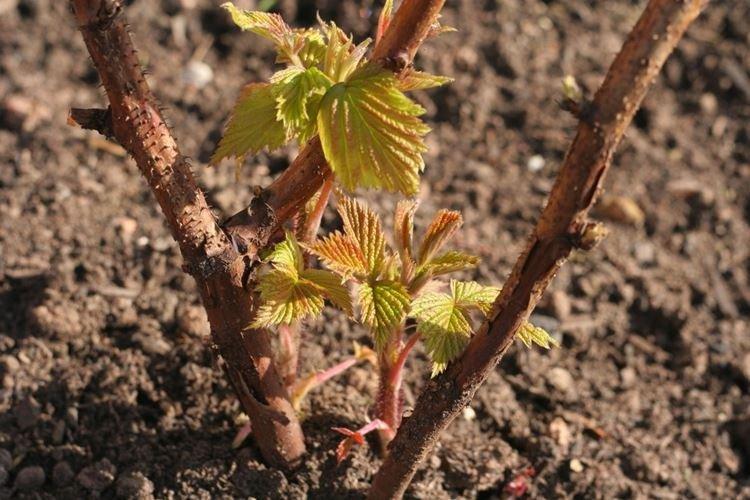
Fertilizers for feeding raspberries
Gardeners recommend combining store-bought mixtures with organic ones so that the beneficial components do not wash out for as long as possible. Or use poorly soluble compounds so that the root system has time to absorb everything it needs.
Organic
Manure is a universal organic fertilizer, but it cannot be used in its pure form. To prepare a raspberry feed, dilute 3 kg with a bucket of water and let it brew for a week. After fermentation, you will get a concentrate. Before use, dilute it 1:10 with clean water and pour 10-12 liters per square.
Bird droppings are prepared in the same way, but it must be diluted more with water: 1:20. It is more concentrated and aggressive, so less such infusion is needed. But humus can be embedded in the ground directly with buckets - about a bucket per square in an even layer.
A good trick is to mix organic fertilizers together with mulch. Mix sawdust, straw with humus and lay it out under the bushes - this composition contributes to the enrichment of the soil. Useful components do not wash out for a long time, and moisture is retained much better.
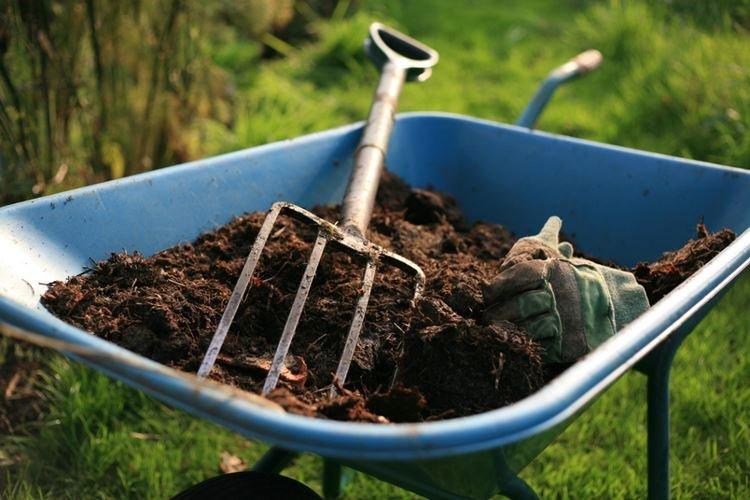
Mineral
The main mineral fertilizer in spring is urea. It contains nitrogen in the most convenient form for assimilation, but the granules must be embedded in the soil. Ammonium nitrate and urea are added in approximately the same amount - 10 g per square.
Complex ammophoska is also added when loosening and in a larger volume: up to 30 g per square, but it does not have to be embedded in the ground.When preparing solutions, keep in mind that granular mineral granules dissolve better in boiling water.
Nitroammophoska with diammophos differs in the percentage of components: in the first case, the concentration of each is 16%, and in the second - less nitrogen, but more potassium with phosphorus. Superphosphates and potassium sulfate, potassium nitrate and potassium magnesium are suitable for raspberries.
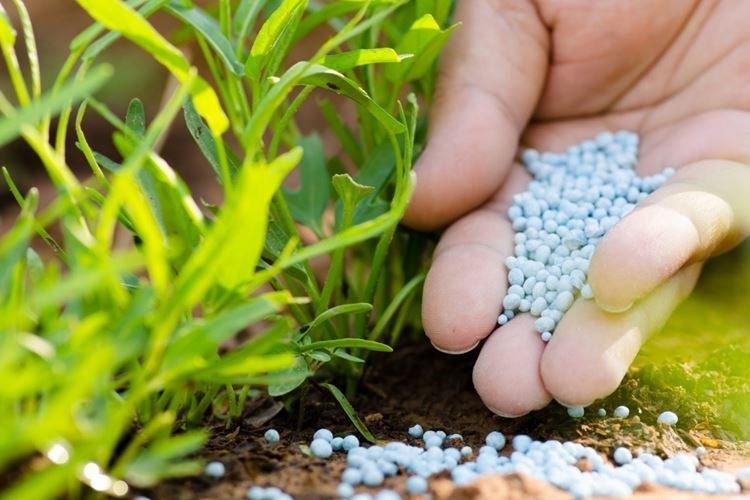
Folk remedies
Ash, grasses, weeds, food waste will be useful to you - all this will make excellent fertilizers. They complement mullein standard solutions and store pellets well. Let's share some recipes!
Feeding raspberries with ash
Fresh wood ash is excellent in spring, because it compensates for the acidity of nitrogen. It can be sprinkled directly or diluted with 100 g in a bucket of water to use for watering. Take pine or birch firewood and use them right away, because ash that has stood in the air quickly loses its properties.
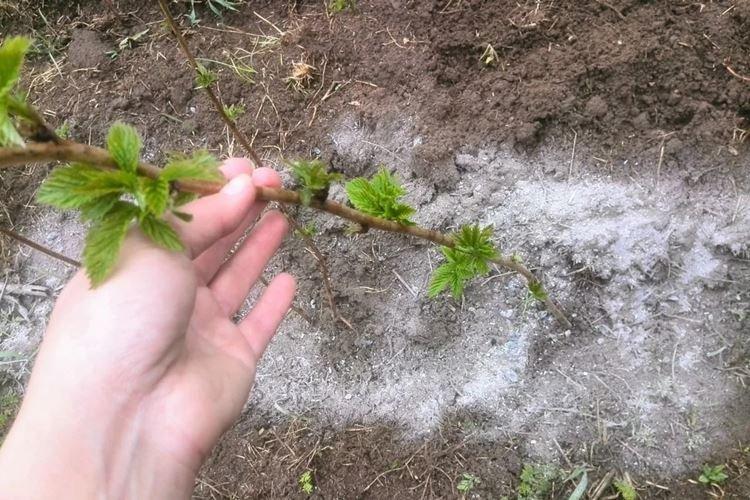
Top dressing with nettles
Add a kilogram of nettles or other herbs (in fact, even weeds will do) to a bucket of water. Leave it to infuse in a warm, sunny place, stirring occasionally. Dilute the concentrated solution approximately 1:10 before watering.
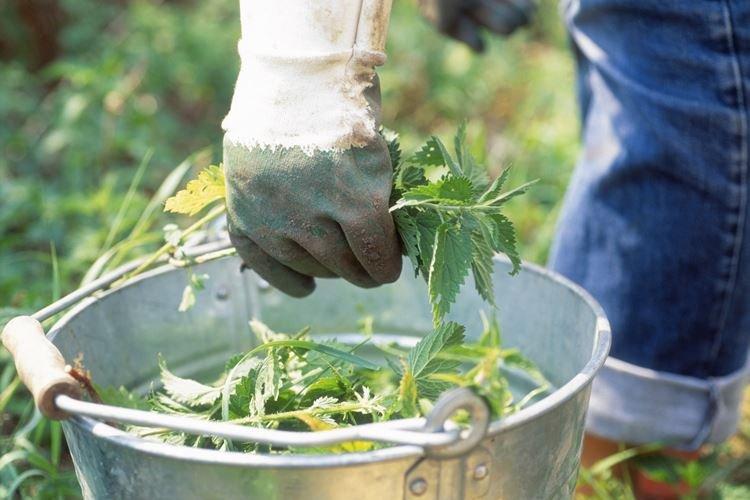
Feeding raspberries with onion peels
You need about 50 g of onion skins per bucket of water - and leave it to brew. The liquid is used to water the soil directly under the bushes after 5-7 days. In addition to being good for the harvest, onion infusion is also good and protects against pests.
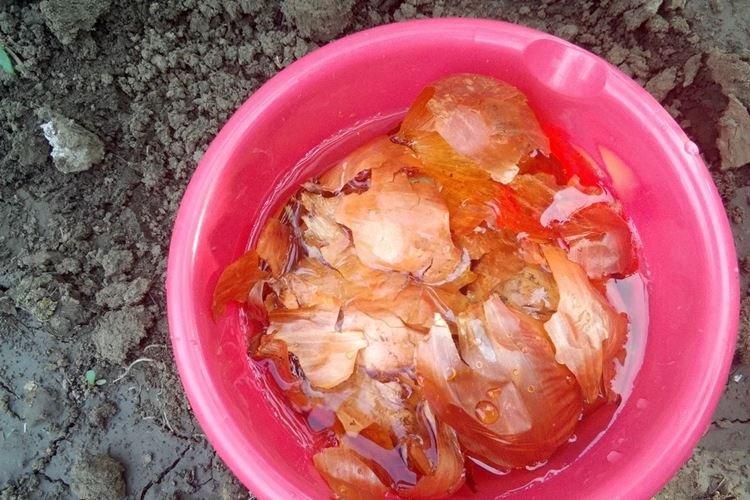
Yeast feeding
Dissolve 70 g of yeast and 200 g of sugar in a bucket of warm water, and then let it brew for three days. Dilute the concentrate with water 1:10 and use 5 liters for watering under the bushes. Keep in mind that adding yeast to the soil dissolves potassium in it, so it will need to be added separately.

Feeding raspberries with banana peels
Add the peels of ten large bananas to the bucket and let them steep in water for a week. Such top dressing is especially rich in potassium, which is needed for a good raspberry harvest, and in the future - for an easy wintering. Use the ready-made infusion instead of regular water when you water your garden.
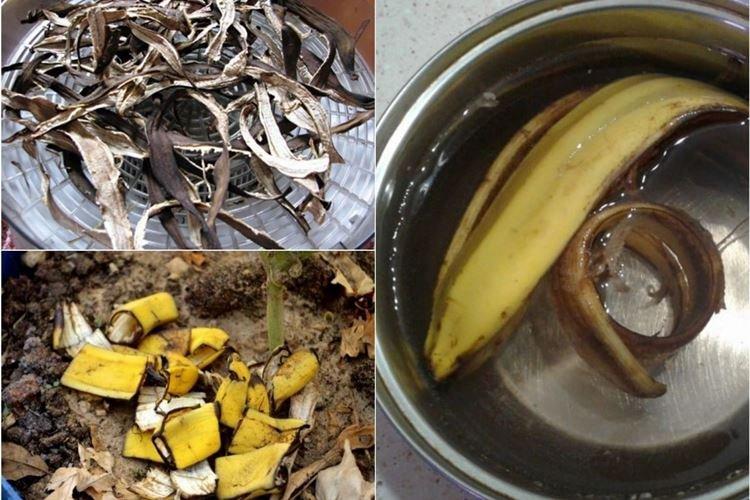
Top dressing with food waste
Well-rotted compost from food waste is suitable for feeding and for mulch. You need about a bucket of mixture per square, which is embedded in the soil by light loosening. Manure or peat-based composts are used in the same way.
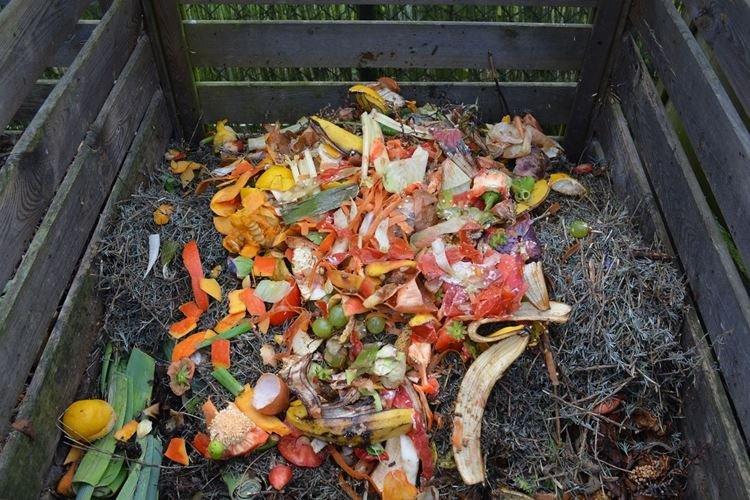
Top dressing with ammonia
Ammonia is still the same ammonia solution, so it is diluted with water and used as a medicine and fertilizer. It is an effective remedy for the prevention of pests and diseases. The ammonia also has a very good effect on increasing the yield of raspberries.
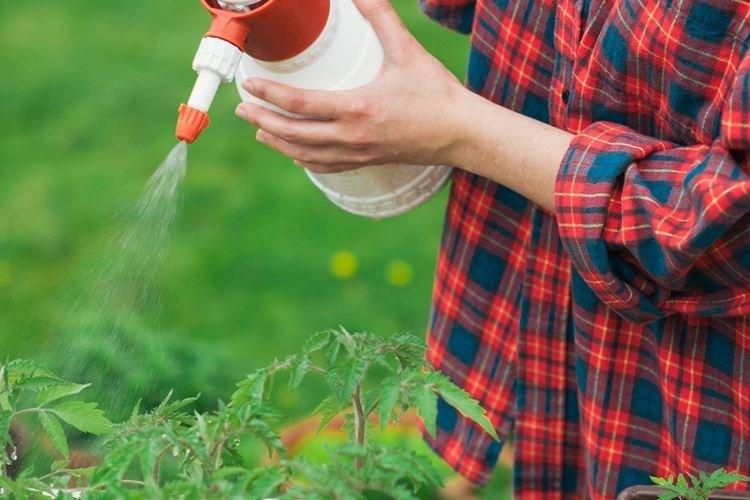
How to feed raspberries in spring for a good harvest?
Useful components for laying a future harvest are introduced even when planting raspberries. In particular, these are potash-phosphorus mixtures. Moreover, for remontant varieties, the standard dosage from the package must be doubled. Immediately before planting, the soil was thoroughly loosened, but do not wrap the layer.
Before kidney formation
In early spring, as soon as the above-zero temperature settles and the snow melts, raspberries will begin to wake up. Do seasonal pruning, loosen the soil, remove weeds and add more nitrogen. For feeding, use urea, ammonium nitrate, and for poor soil, use nitroammophos.
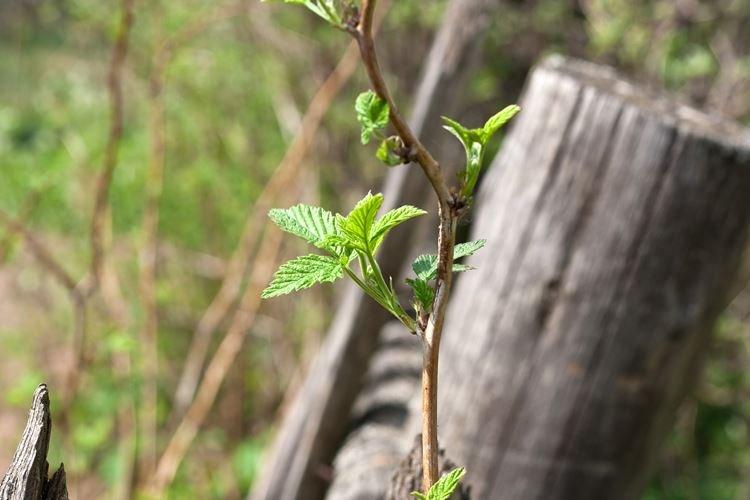
During budding
To make the berries bigger and sweeter, continue adding phosphorus and potassium during bud formation. Leave some nitrogen, but significantly reduce the dosage, otherwise, instead of fruits, the green mass grows more intensively. It is better to replace the nitroammophoska with a diammophoska in order to adjust the proportions.
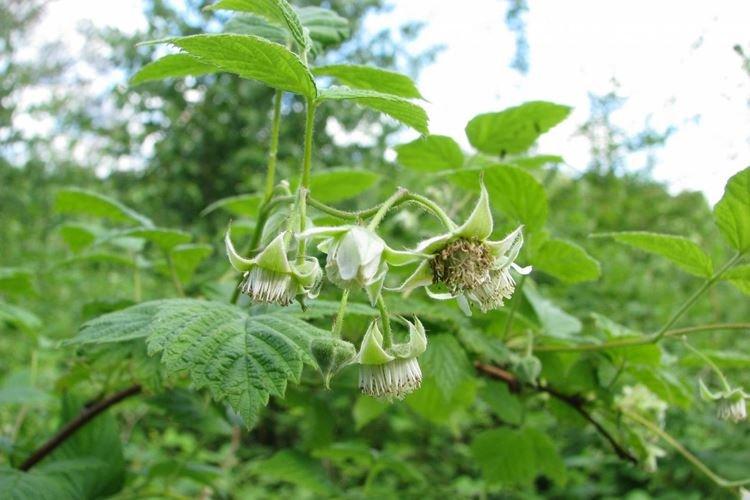
During flowering
The rules remain the same - focusing on phosphorus and potassium. But do not overdo it with feeding, because this is a very vulnerable time in the life cycle of any plant. In case of a pronounced shortage of individual microelements, add them pointwise.
